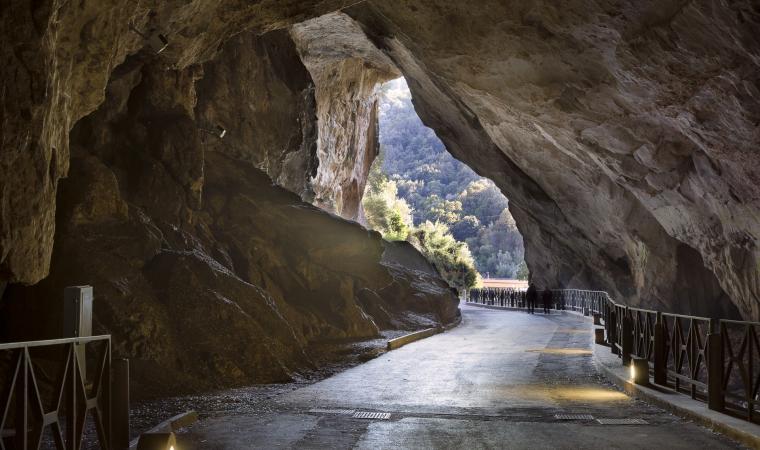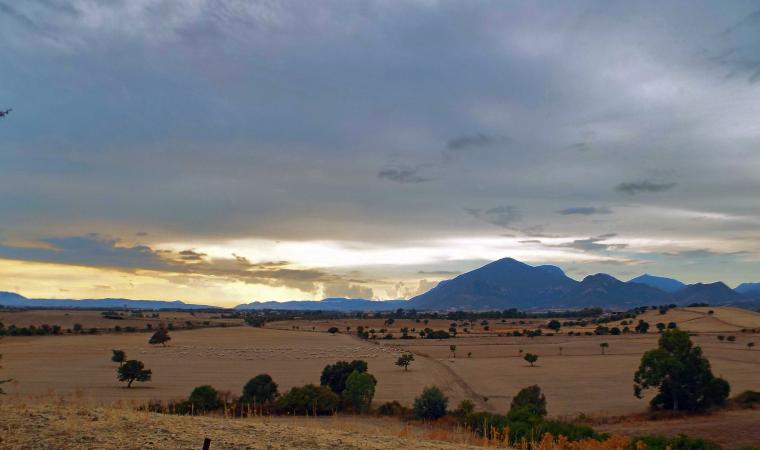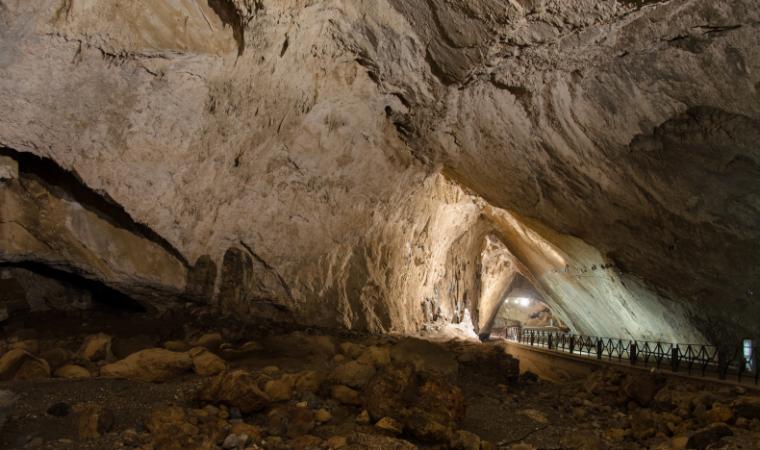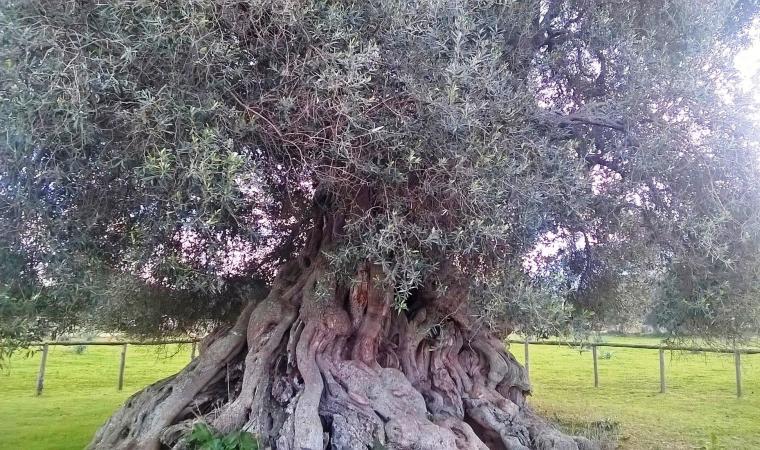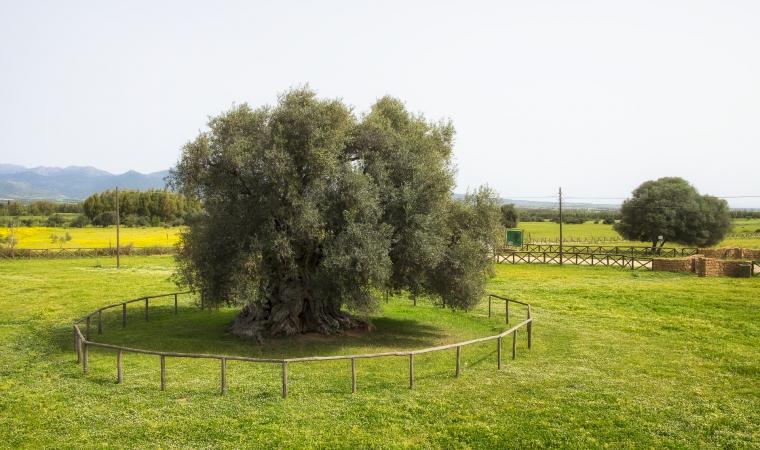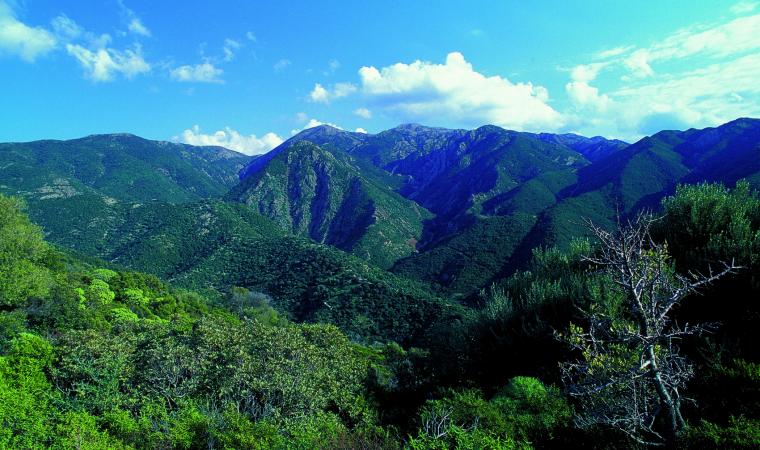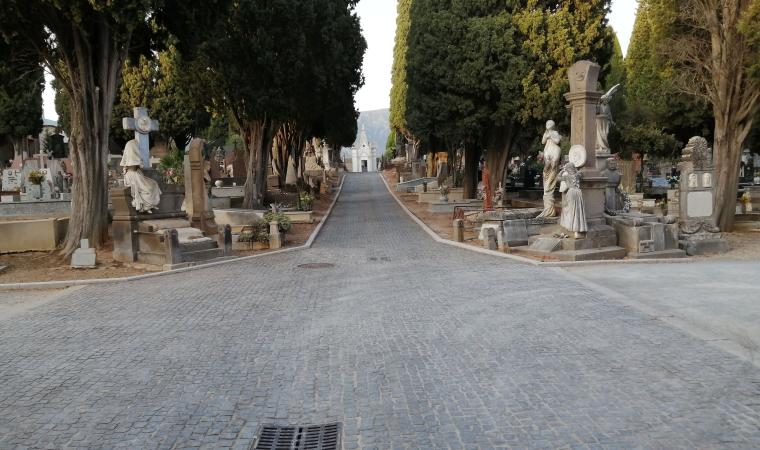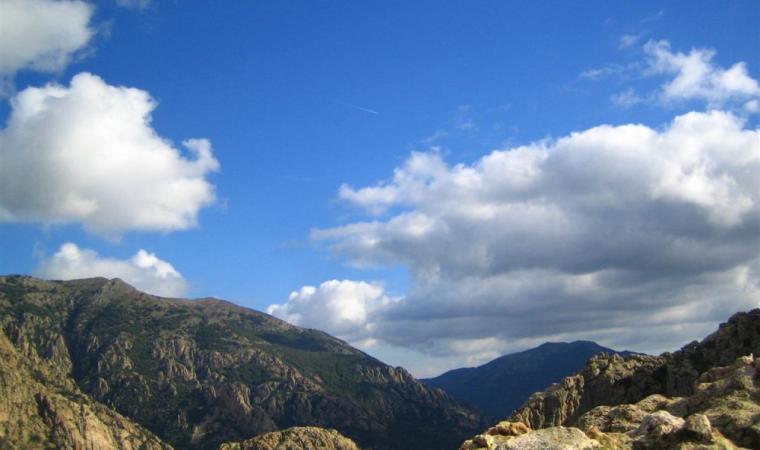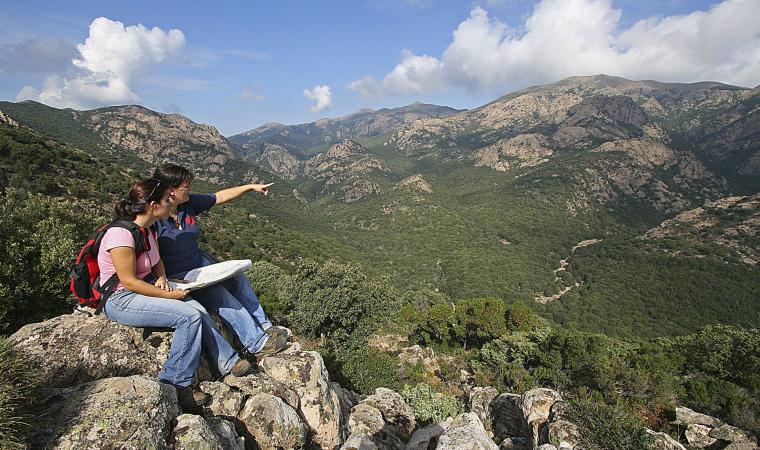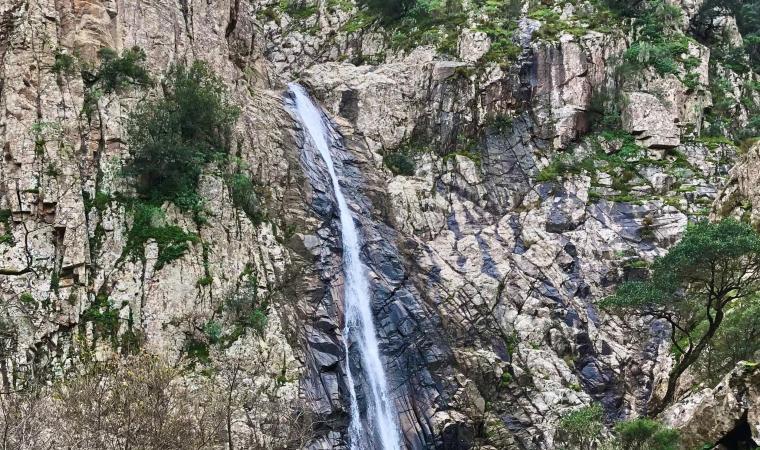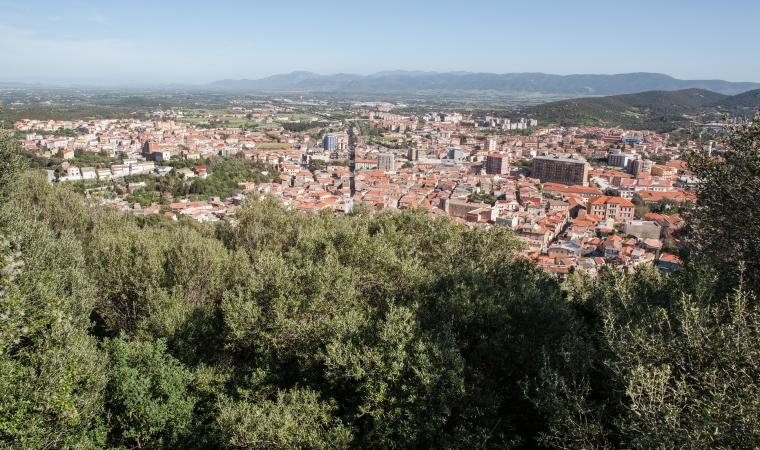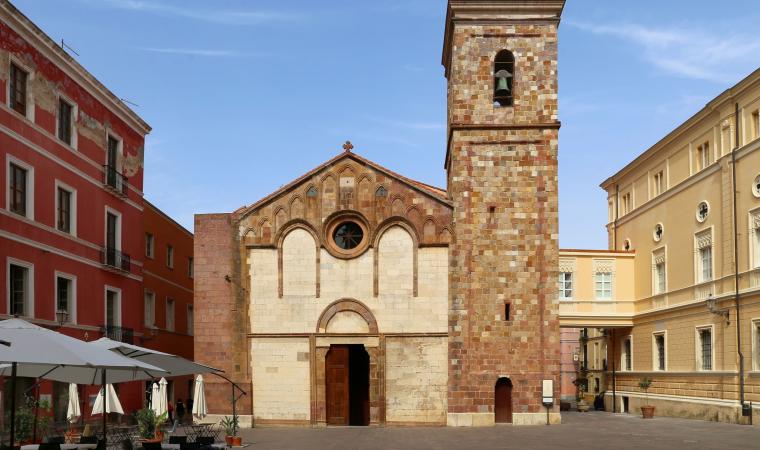According to popular beliefs, the ‘houses of the ogres’ were inhabited by evil creatures and demonic spirits. Rumours that may have already been around in the early Christian era, to highlight the pagan aspect of the people who built them, are still useful for preventing children from venturing inside them today. The name is recurrent in several Domus de Janas – in Setzu and Siliqua -, in Giants’ Tombs, like the majestic tomb of Giara di Siddi, and in various nuraghi, including the one located just outside the village of Domusnovas. Sa Domu’e s’Orcu domusnovese is characterised by a large number of towers - nine, including the keep -, and by its position, at the foot of Mount Mannu, between the Marganai mountain chain and the Cixerri river plain. It is a complex nuraghe, with a central tower surrounded by a trilobate bastion, which encloses the courtyard, around which a rampart runs with five other towers. Limestone from the Marganai massif was used to build the monument.
Four and a half metres of the keep have been preserved, while the bastion is 17 metres long and its best-preserved parts reach a height of seven metres. In the external curtain wall you will notice the use of larger ashlars, positioned in rows that are more even than the rest of the building: it was most likely added at a later time. Therefore, the building must have been built in several phases: it is thought between the 17th and 11th centuries BC. In the corridor providing access to the room with an elliptical layout, on the right, there is a spiral staircase leading to the upper level.
One of the towers on the rampart contains a semicircular cell. Traces of the use of fire have been found on the walls of this cell. Smelting slag appears in some of the rooms in the courtyard and in the area around the building, near the remains of structures that have been interpreted as belonging to the village. These traces of metal processing most likely refer to the exploitation of the Marganai, deposits, where the mines remained active until the second half of the 20th century.
Just over two kilometres from the nuraghe, you can admire one of the longest natural tunnels in Europe, one of the very few to be crossed by a road: it is the cave of San Giovanni. It was carved out of the limestone by an underground river and, thanks to the lighting system, you will be able to admire its walls, which are rich in stalactites and stalagmites. All around, there are very ancient rocks - dating back to the early Palaeozoic era, 500 million years ago - and sheer cliffs, representing a destination for climbers from all over the world. Then, to the north, numerous paths branch out through the woods and next to abandoned mining sites in the Monte Linas-Oridda-Marganai park.


